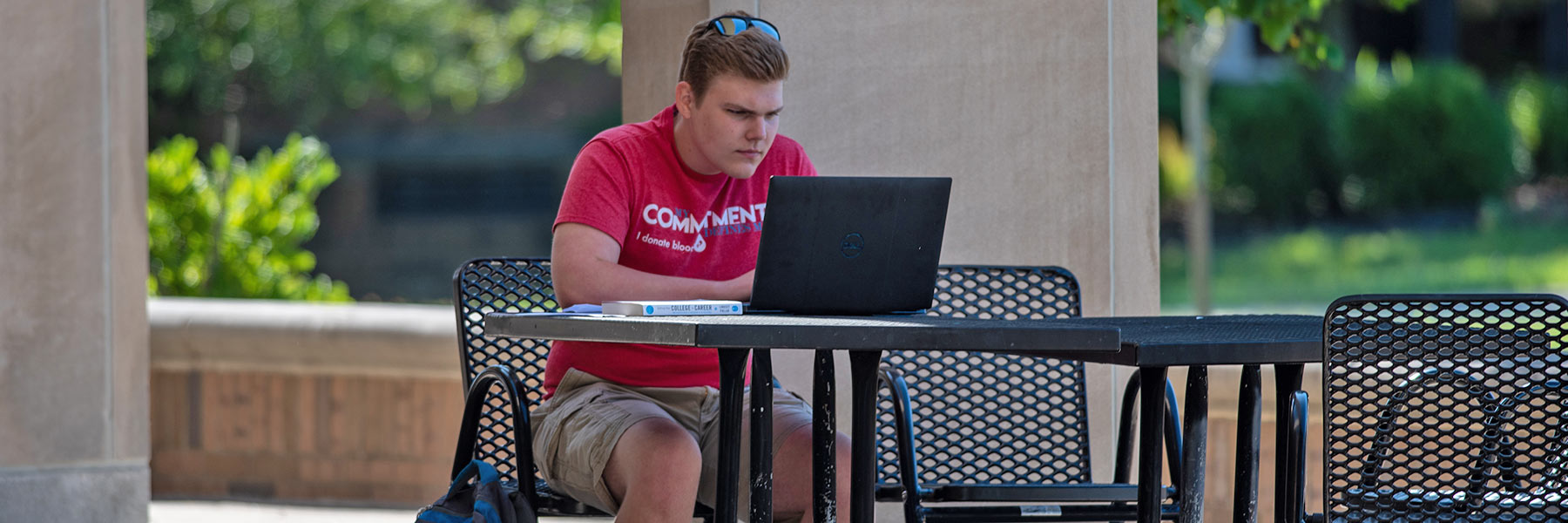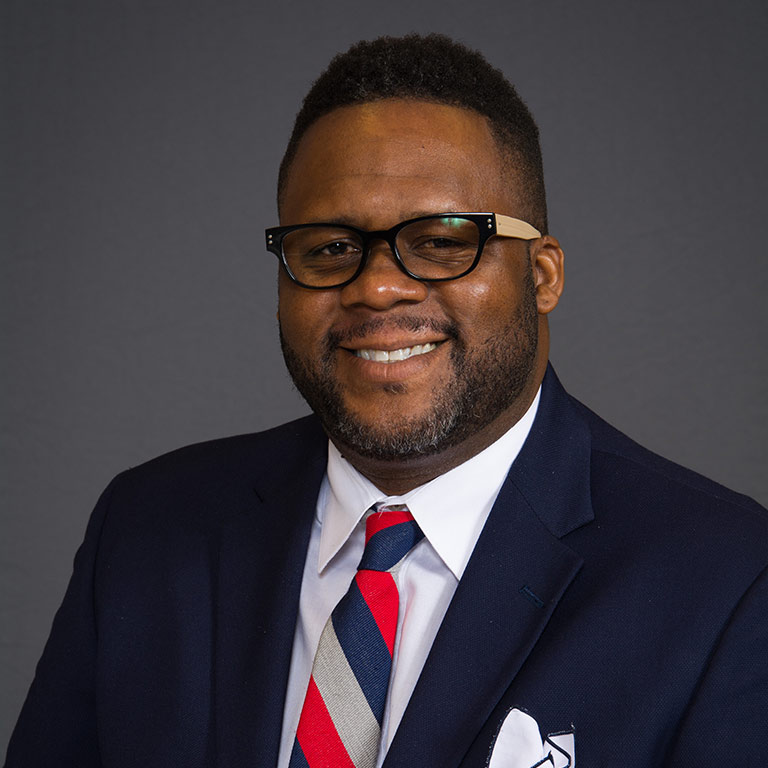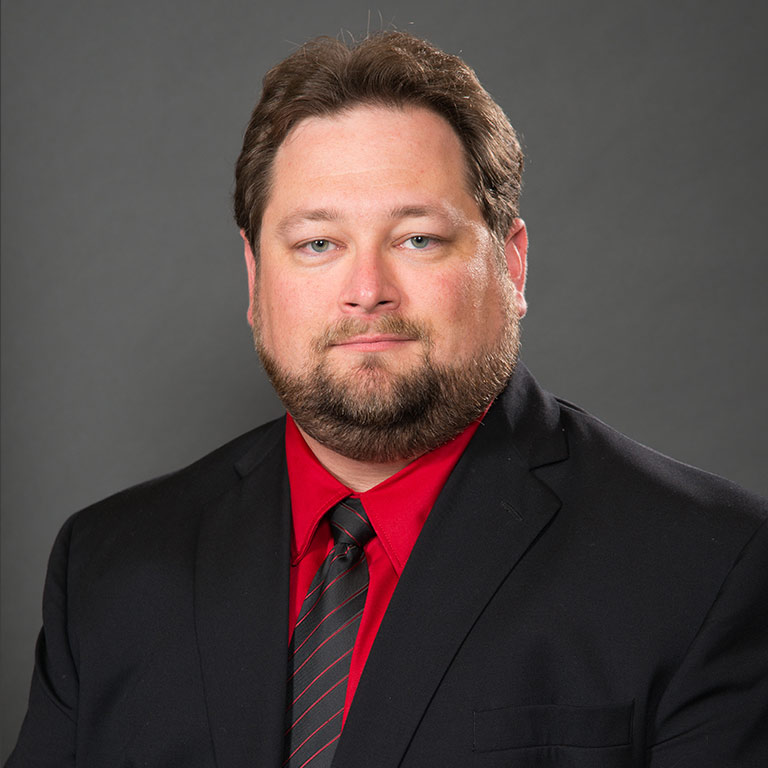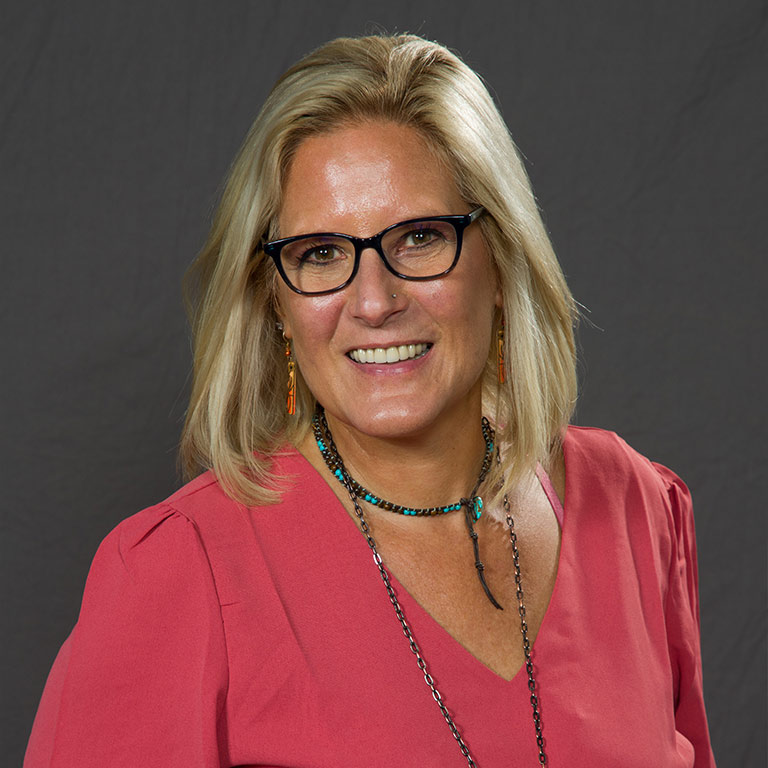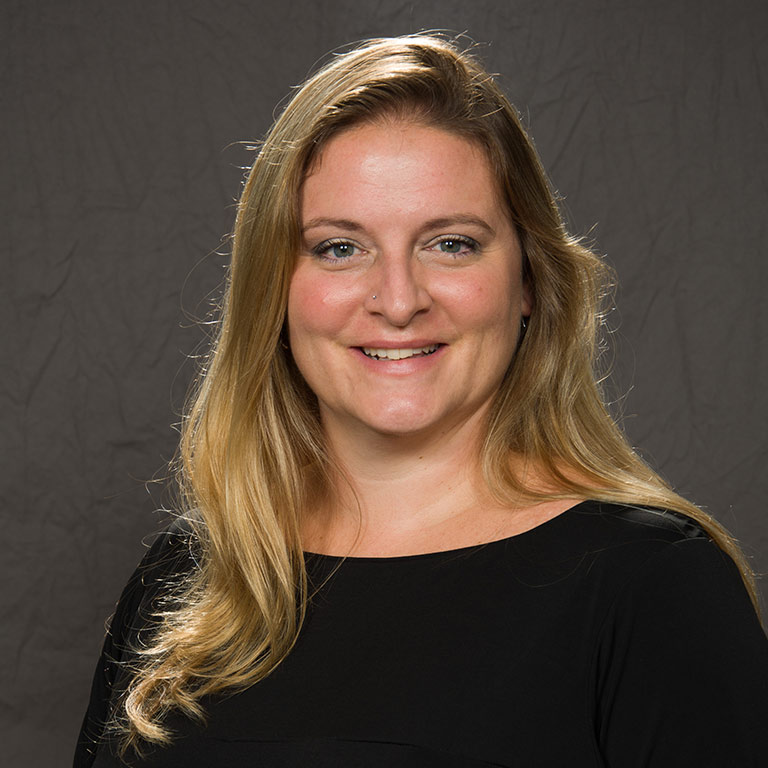With the COVID-19 situation forcing K-12 and colleges and universities to go to an online format for instruction, there has been a need for resources and mentorship to prepare the best courses and instruction possible for teachers who many not be accustomed to the format.
Through the extended break IU East faculty have connected with each other to see what works well and what doesn’t translate well to an online format.
IU East faculty are also connecting with K-12 teachers in their communities or other institutions of higher education to help them take their classes online.
Tommy Renfro is a senior lecturer in science for the School of Education. He is hosting a Tech Integration Round Table with K-12 educators and administrators to walk through issues.
Christine Nemcik, assistant professor of History and World Languages, connected with colleagues from graduate school who are now instructors at other institutions. She knew some of her colleagues were not accustomed to teaching online or have not taught online - but are now. For those who needed the support, she discussed ways to adjust their face-to-face teaching style for online, or answered questions on technology including how to share materials when meeting in Zoom or to record class meetings. She shared how to make videos to introduce materials to students without overwhelming them.
“Most were concerned about online assignments, how to make asynchronous discussions work, how they could have students watch films, etc.,” Nemcik said. “I shared some of my assignments and particularly helped them with creating rubrics. Many had not thought about how rubrics not only make the grading more efficient but also help students to better understand expectations of an assignment.”
Other faculty are directly mentoring other faculty on campus.
As the coordinator for chemistry courses, Law is working with a new visiting lecturer and others to move their courses online. He said this is being accomplished in a variety of ways including taking the lead on building course shells for general and organic chemistry laboratory.
“With some of our faculty members I have been mentoring them differently based on their experience,” Law said. “ One of them I simply gave suggestions and support as needed; the other, I gave a ‘rapid fire’ lesson on how I would teach online and about general course design online, and have been working with that person as we work on redesigning the organic chemistry laboratory course experience.”
It’s also important to note that they may not be able to replicate face-to-face exactly to the online format.
“I’ve seen people try to simply deliver lectures on Zoom at the regular class time,” Law said. “Given likely problems with bandwidth and access, the goal should be to provide a learning experience that achieve the same goals. Synchronous meetings can be part of it, but focus on using those to mentor and engage students rather than to deliver content. Also, try and keep video lengths to ones that can engage students.”
Jamie Buffington-Adams is an associate dean and an associate professor with the IU East School of Education. As a graduate student at IU Bloomington, she took some of the first online offerings. She started teaching online as an adjunct instructor at IUPUI in 2009, the course for future school administrators was a hybrid course, taught both face-to-face and online. She taught her first full online course when she joined the faculty in 2012.
“Somehow I didn't realize when I accepted the position that the School of Education's minor in mild interventions (special education) was entirely online. That first semester was a steep learning curve, but I've come to really see the strengths in online coursework,” Buffington-Adams said.
She now has a Quality Matters certificate and she peer reviews online classes.
“I think the faculty at IU East do a great job of offering real online education instead of self-paced correspondence courses which is what many early online classes looked like,” Buffington-Adams said. “The CFD has really led the charge to ensure that online work goes beyond discussion boards and weekly read-and-response types of learning to incorporate as much interaction between faculty and students as possible in innovative ways.”
Buffington-Adams was already teaching all of her courses online this semester. “Because I was already set, I have been offering colleagues and local K-12 teachers assistance instead and trying to keep in regular communication with my students as they experience this shift as well,” she said.
She answers questions or hosts Zoom meetings to walk colleagues and teachers through problems. She joins courses online to help trouble-shoot issues they are having.
“To the extent I can help, I am willing,” Buffington-Adams said. “I don't think I will have all of the answers for those folks, but sometimes simply having someone there beside you (even virtually) makes the work less daunting.”
“My first tip would be to start with regular, open communication,” Buffington-Adams said. “We talk about transparent teaching on campus; it applies online as well. At a time when we're all scrambling to some degree, be honest with students about what you are hoping to accomplish and how you think it can be done.”
Buffington-Adams also recommends accepting that you may make a mistake, and that’s okay.
“I would offer the advice I gave a group of K-12 teachers who were contemplating offering instruction online for the first time: it's okay to make mistakes. Mistakes are going to happen,” she said. “I have always been a proponent of students not only seeing us as experts in our fields but as humans. Now more than ever we need to offer one another grace. Admitting you are unsure how something will work or that you found an error you made isn't the end of the world. In my experience, students have been incredibly gracious and thankful when I have simply admitted that something did not go as planned and offered up my ideas for adjusting to the situation.”
It’s important for faculty to work together, whether within their academic school or across disciplines.
“I often tell folks who are interviewing for positions in the School of Education that my favorite part of working here is that our faculty don't seem to know the words ‘no’ or ‘impossible.’ When presented with problems, we simply work together until we find some way to overcome them,” Buffington-Adams said.
That mentality is one she is seeing across the campus.
“As I have watched our campus face this shift to the virtual teaching landscape, I am increasingly getting the sense that I can say the same of faculty at IU East as a whole,” Buffington-Adams said. “We have a history of exploring online education much sooner than others, which is helping us tremendously, but there also seems to be a pervasive spirit of finding ways to make the impossible possible. In the end, I think that attitude is what will not only carry us through but is what makes the work we do shine.”


